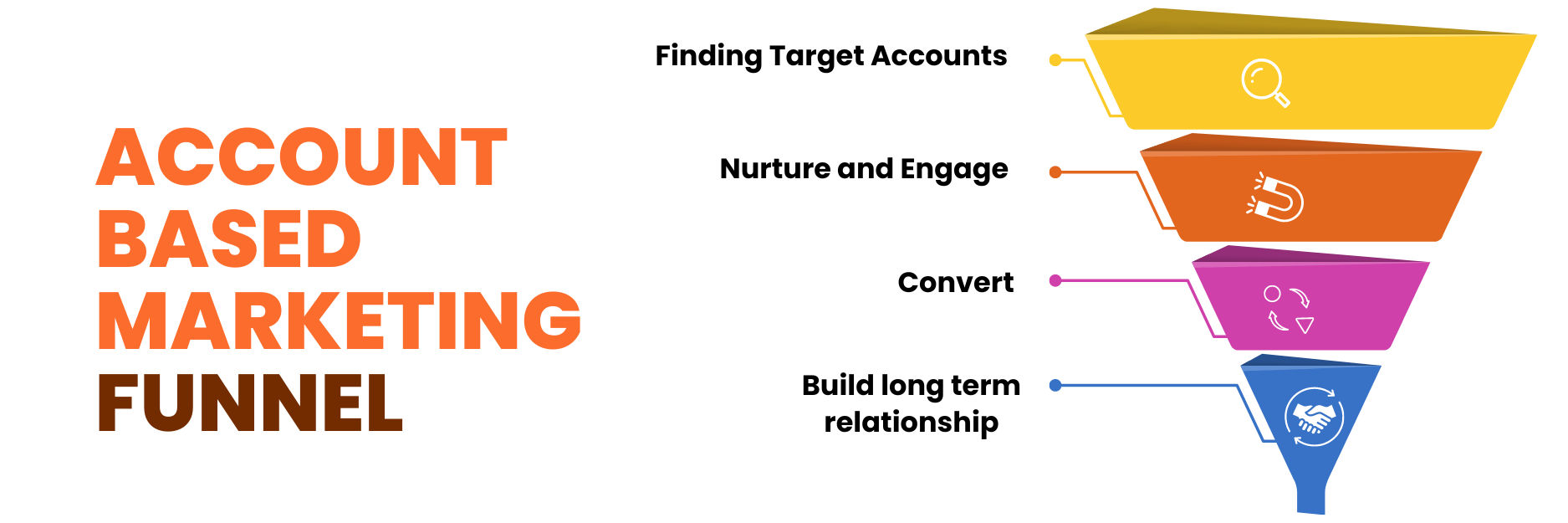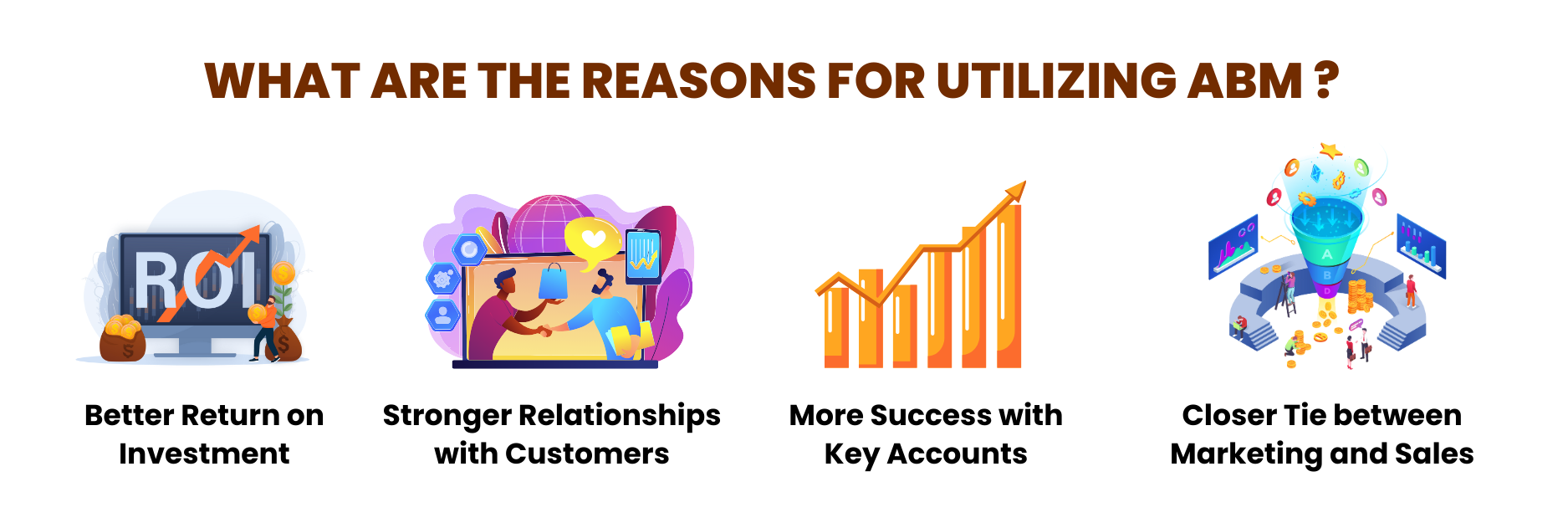How Account-Based Marketing (ABM) Can Boost Your Business
How Account-Based Marketing (ABM) Can Boost Your Business
When it comes to reaching the right customers in the business world, there’s a smart strategy making waves: Account-Based Marketing (ABM). It’s changing how companies like yours connect with the most important prospects and clients. Let’s dig into what ABM is all about, why it’s useful, and how you can put it into practice.
What is Account-Based Marketing (ABM)?
ABM flips the usual marketing script. Instead of trying to attract as many leads as possible, ABM focuses on specific high-value accounts or companies. These are the ones most likely to bring in revenue. By tailoring marketing efforts to these key accounts, businesses can be more efficient and effective in their marketing.
The Core Parts of ABM

Finding Target Accounts: Start by figuring out which companies match your ideal customer profile. Look at things like industry, company size, and how likely they are to buy from you.
Example: If you’re a cybersecurity software company, you might target big finance or healthcare firms—they usually need top-notch security.
Personalizing Marketing: Once you’ve found your target accounts, it’s time to create campaigns just for them. This means crafting messages and content that speak directly to their needs and problems.
Example: A software company might make content specifically for CFOs, focusing on financial challenges like compliance and budgeting.
Teamwork between Marketing and Sales: ABM works best when marketing and sales teams join forces. They can team up to identify decision-makers, tailor messages, and coordinate outreach efforts.
Example: Marketing and sales might team up to host special events or webinars for key accounts, offering insights and building relationships.
Measuring and Improving: Like any marketing, it’s important to track how well your ABM efforts are doing. Keep an eye on things like account engagement and how much revenue you’re bringing in.
Example: By using tools like marketing automation and CRM software, you can see how your marketing efforts are paying off and adjust as needed.
Why use ABM?

Better Return on Investment: Because ABM focuses on high-value accounts, you’re likely to get more bang for your marketing buck.
Closer Tie between Marketing and Sales: ABM encourages teamwork between marketing and sales, leading to more successful collaboration and more sales.
Stronger Relationships with Customers: When you personalize your marketing, you build stronger connections with key accounts, leading to more loyalty and more sales over time.
More Success with Key Accounts: ABM helps you get your foot in the door with important clients and expand your business within those accounts.
How to use ABM: Tips and Tricks

Set Clear Goals: Decide what you want to achieve with ABM, whether it’s more sales or expanding into new markets.
Use Data and Tech: Take advantage of data and technology to find target accounts, personalize marketing, and track results.
Segment Your Audience: Divide your target accounts into groups based on factors like how much they might spend or how interested they are. This lets you focus your efforts where they’ll have the most impact.
Create Great Content: Make content that speaks directly to your target accounts’ needs and problems, positioning your company as an expert they can trust.
Keep Learning and Adapting: Pay attention to how your ABM campaigns are doing and make changes based on what you learn. That way, you can keep improving over time.
In Conclusion
Account-Based Marketing (ABM) is a powerful tool for reaching the right customers in the B2B world. By focusing on the accounts most likely to bring in revenue, businesses can get more out of their marketing efforts. Whether you’re new to marketing or a seasoned pro, ABM could be the key to unlocking new opportunities and driving success for your business.